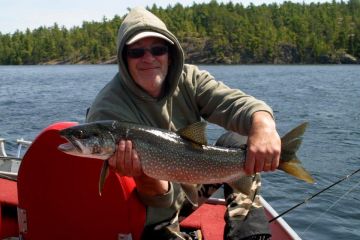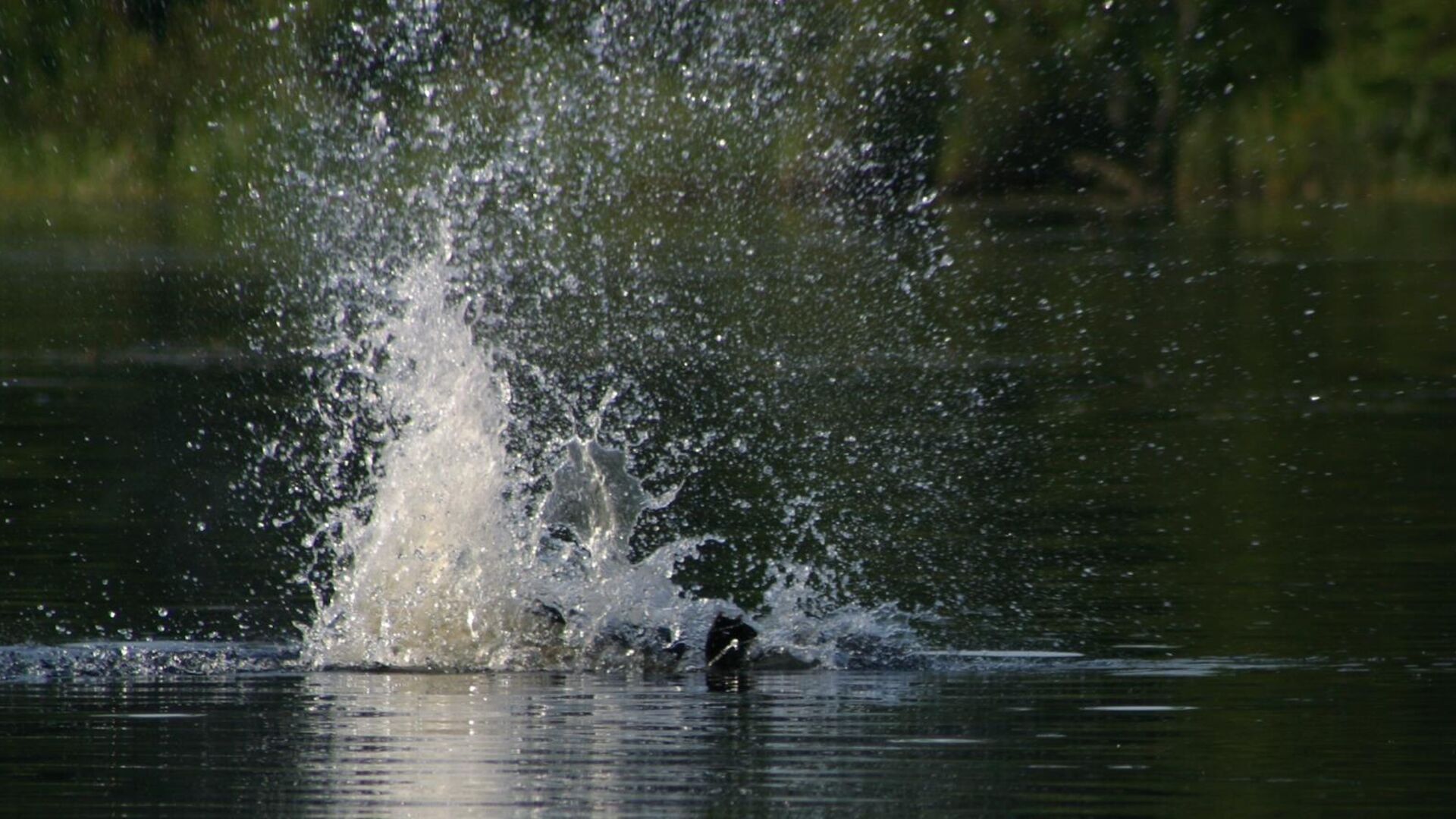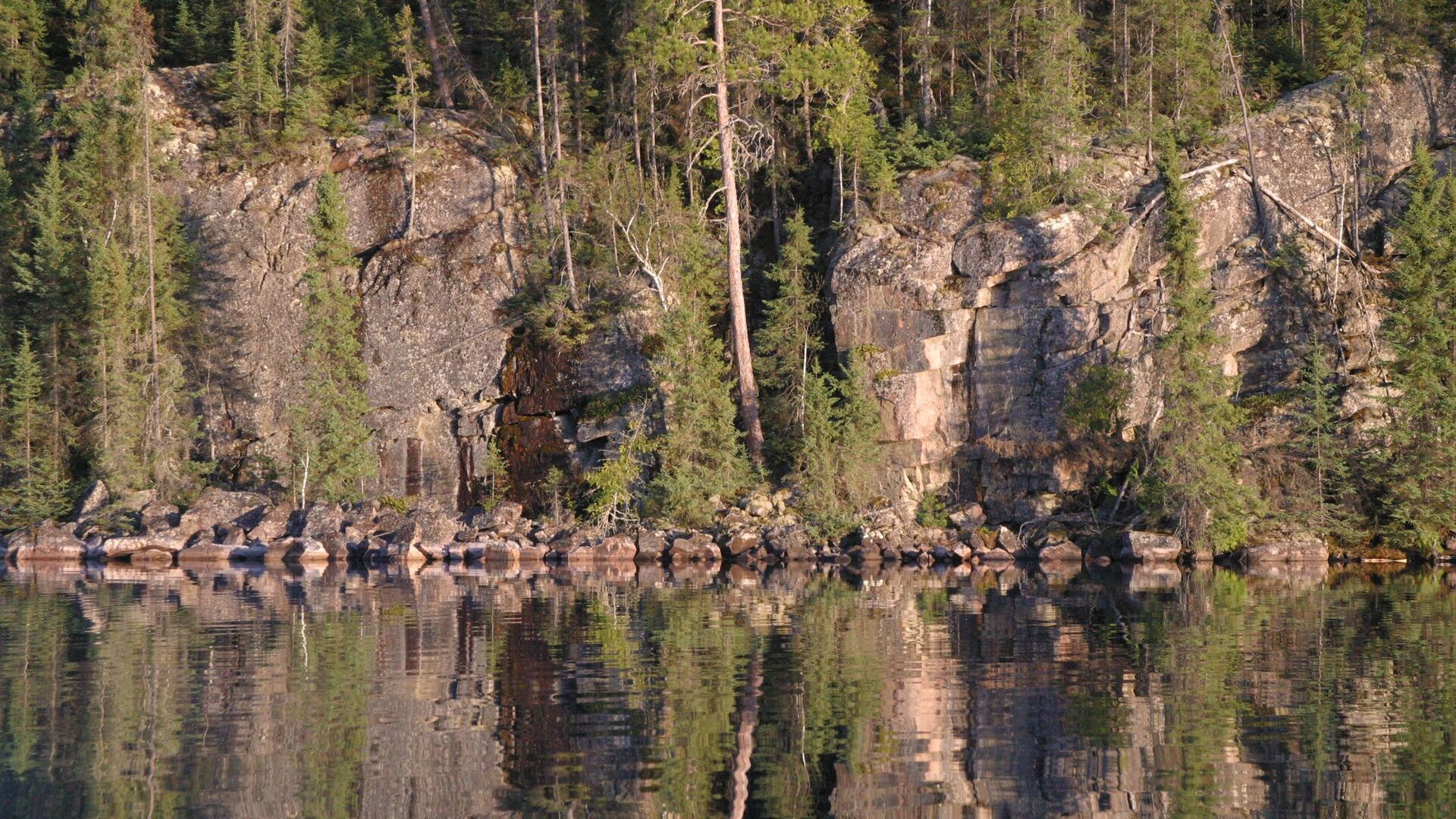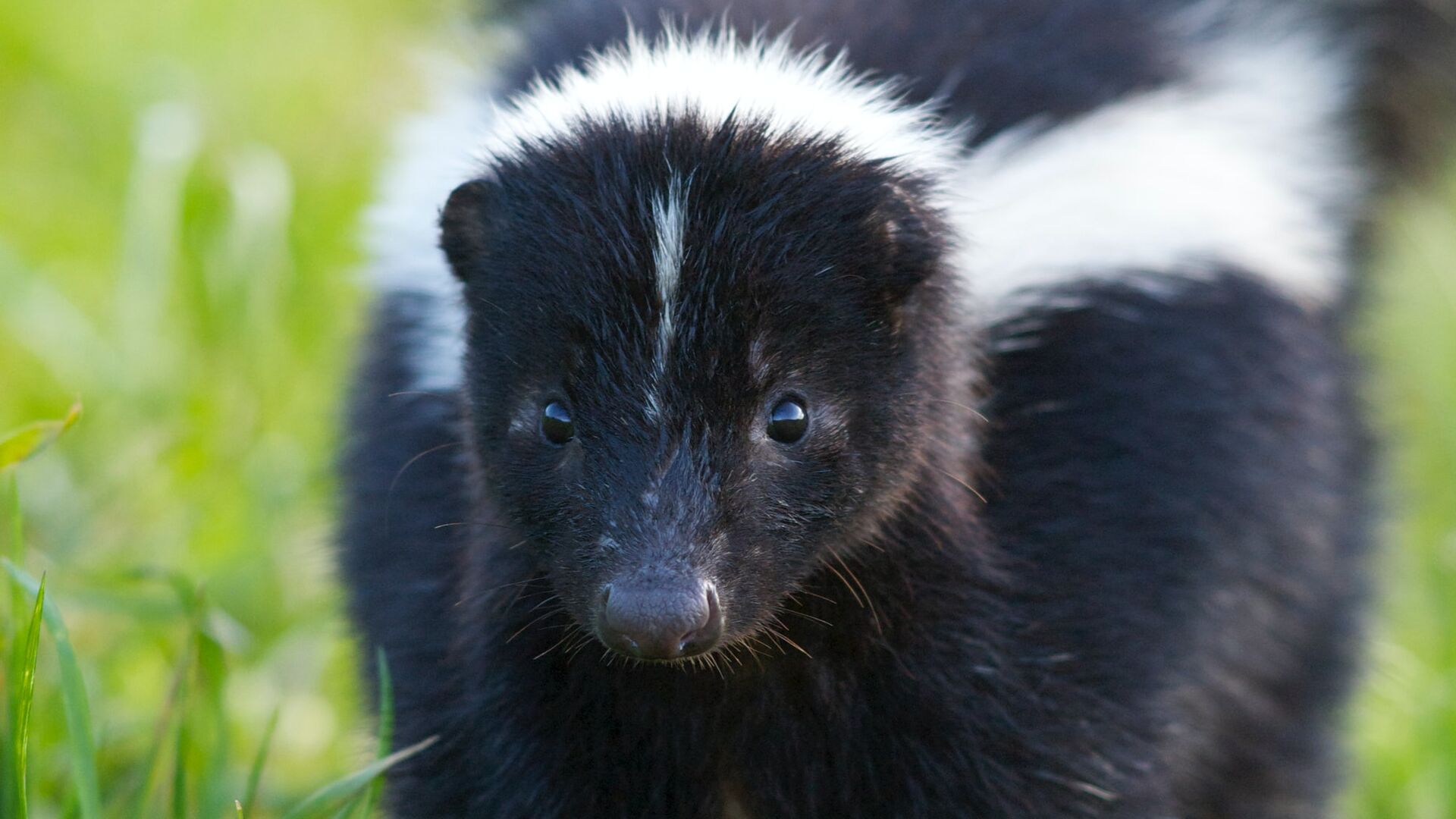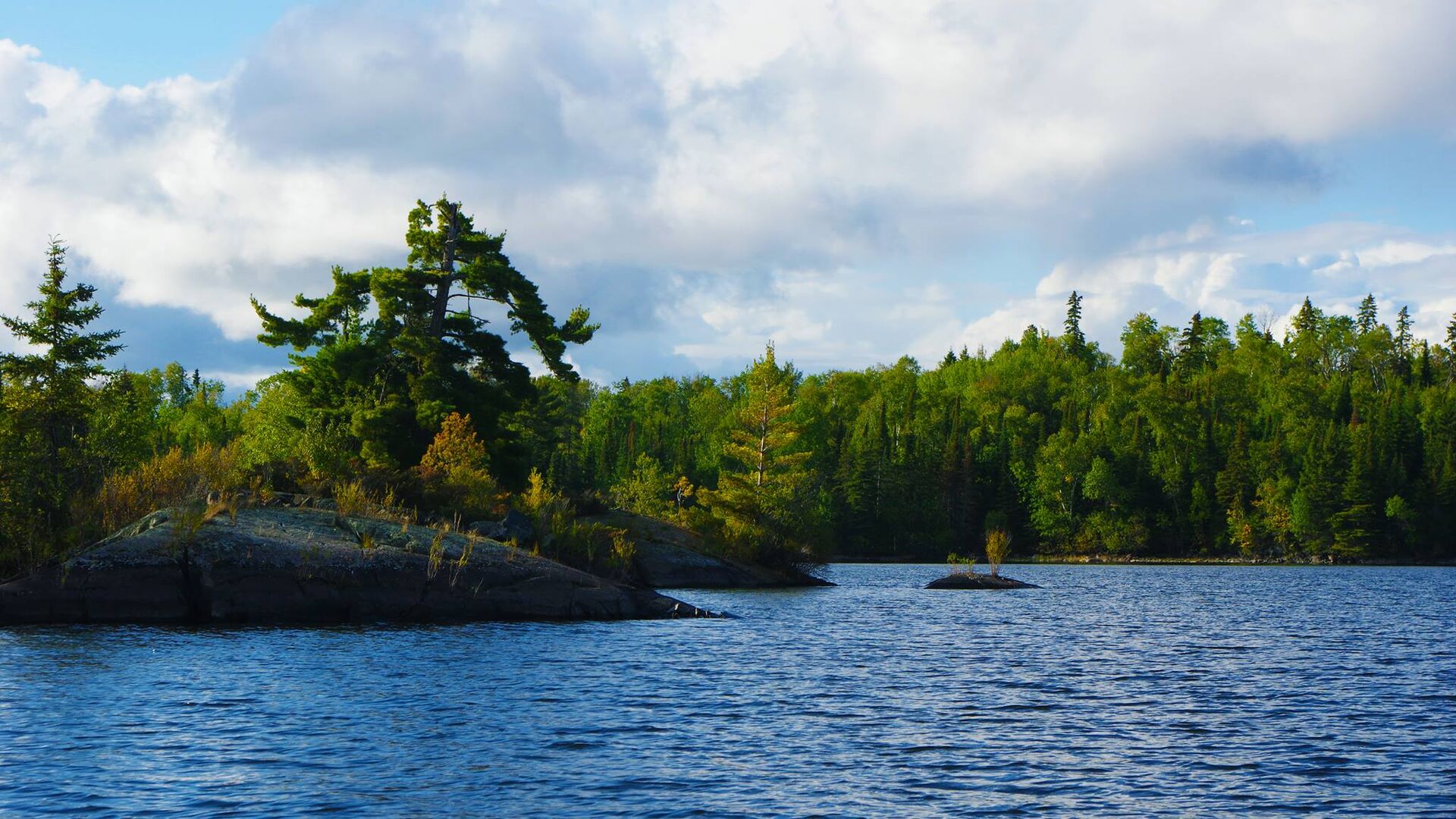In part one of our stories about wildlife in the Boreal, we focused on the large mammals that call the forests of Ontario's Sunset Country home. In part two, we'll continue our focus on mammals but we'll cut things down to size and highlight some of the many smaller mammals that inhabit the woods up here. While all of these animals are considered small when compared to the ones we featured in part one, some pack a tremendous punch for their size including one which is likely the most ferocious of any creature that inhabits the northern Boreal. More on that animal later in the article. Some of these smaller mammals are, unfortunately, primary food sources for the larger animals and predatory birds so their role in the Boreal ecosystem shouldn't be overlooked.
Northern River Otter: Easily the comedian of the Boreal, northern river otters (Lutra canadensis) range across much of Ontario's Sunset Country. These playful creatures are excellent swimmers and don't stray far from the water's edge because this makes them easy prey for lynx and wolves. If you see an otter it's likely it will be an entire family unit and most likely, you'll be in a boat or if you're really lucky, on the shore near a lake or river. They may even put on a show for you.
Size: Males otters are larger than females with a body length between 3 to 4.5 feet while females are between 3 and 4 feet long.
Diet: Primarily fish and freshwater crustaceans such as crayfish. Occasionally otters will eat small rodents and even birds if they can catch them.
Range: Across Ontario's Sunset Country near lakes and rivers. Otters spend over 80% of their time swimming.
Beaver: A true symbol of Canada and the Canadian wilderness (including on our nickel), beavers (Castor canadensis) are a very common sight in Sunset Country. Known for their industrious nature, beavers are constantly modifying the natural environments in which they live. They have a reputation for felling trees and building dams. Your chances of seeing one or more than one are almost guaranteed up here!
Size: Beavers are compact, stout animals with a length of between 3 and 3.5 feet and weigh between 35-65 pounds. They are part of the rodent family and with this size, are the second-largest rodent in the world and the largest in Canada.
Diet: Woody vegetation such as tree bark and young tree shafts make up the bulk of a beaver's diet during the winter as nothing else is generally available. They do not hibernate but store food underwater near the lodge they make of our sticks and mud. In summer, beavers switch to non-woody vegetation such as leaves, buds, water plants and underwater roots. They are constantly eating or in search of food to store in their beaver lodge - the only way they can survive through the long cold Canadian winters we have.
Range: Beavers are distributed across Sunset Country in large numbers. They need to live near water so you'll see them in lakes, ponds or slow-moving rivers. Access to the forest cover for food is another key element they need as part of their habitat.

